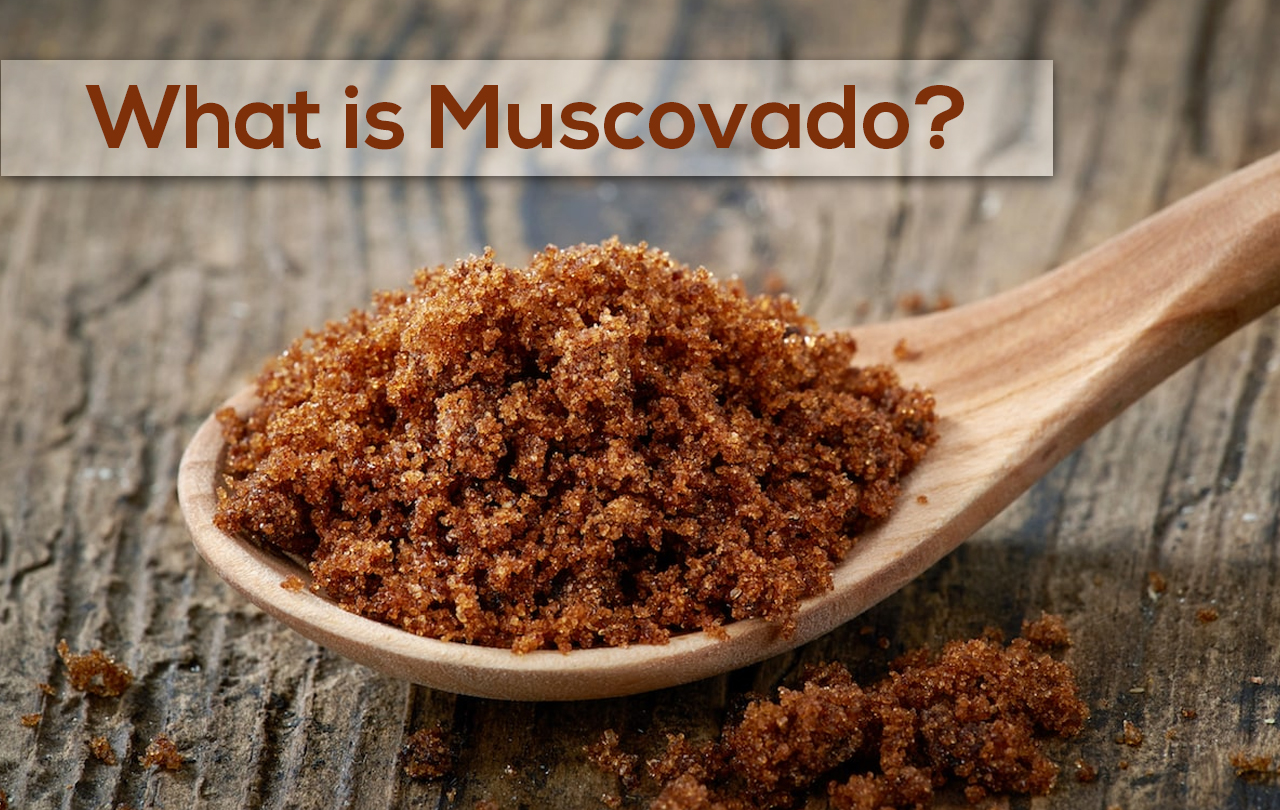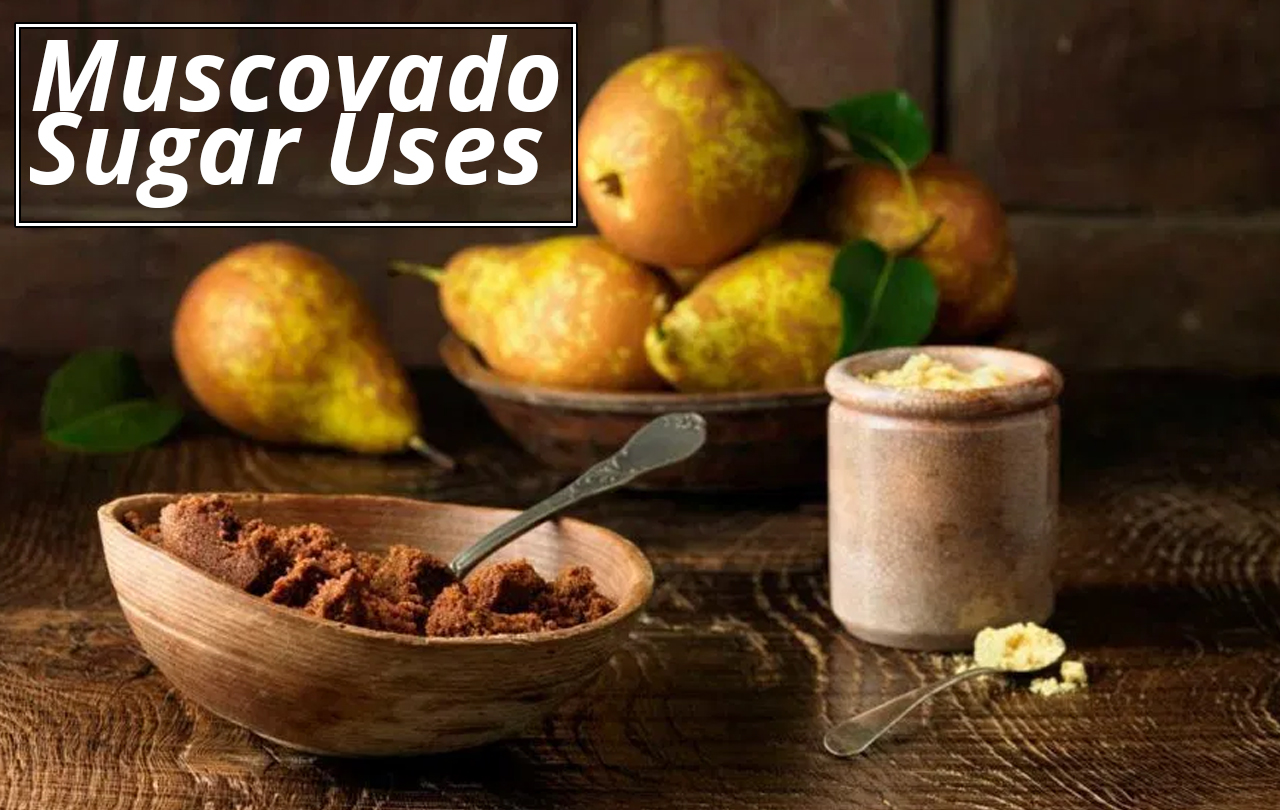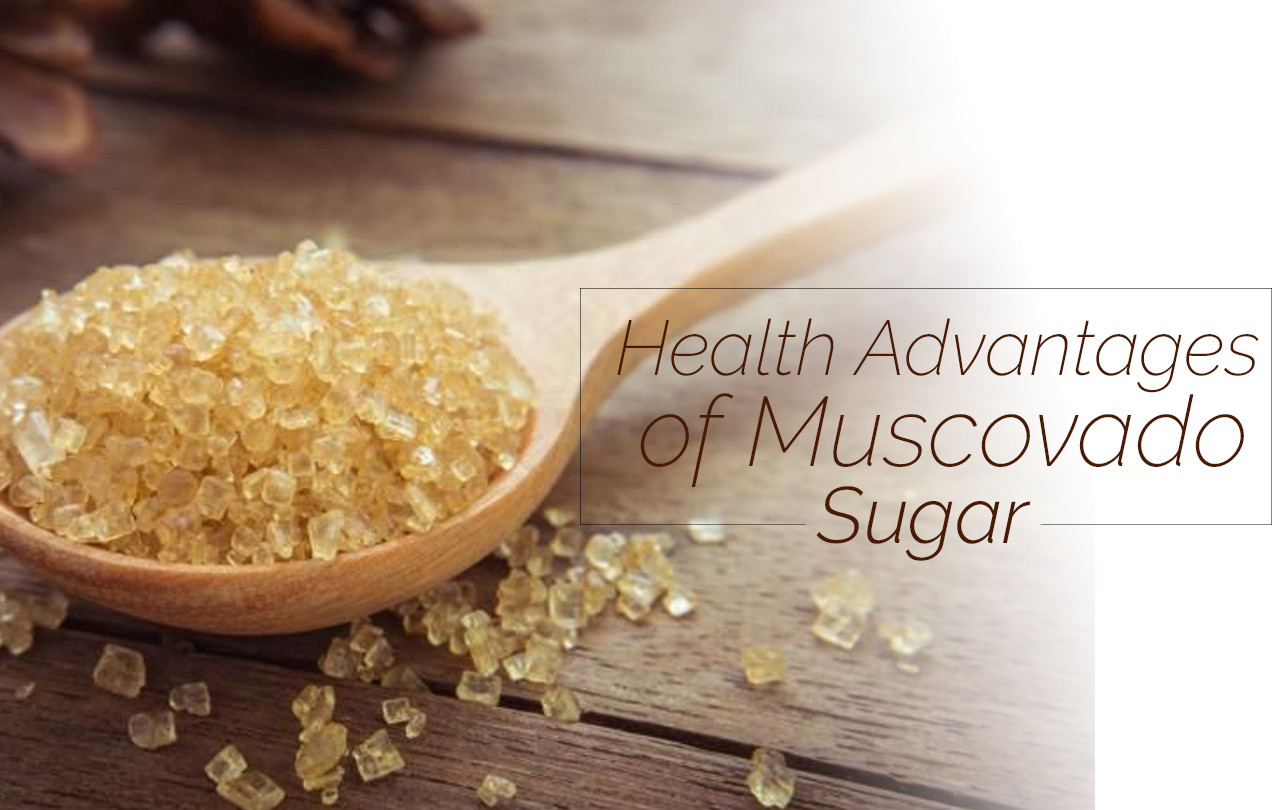Table of Contents
Muscovado sugar is the best deal when it comes to sweetness as it brings the goodness of sugar cane to your taste. As we all know that if we stop refining the natural product, we will be able to relish great nutritional benefits from all sorts of foods, even sweets!
Muscovado sugar is called a natural, unrefined substitute for brown sugar. It owes its stout flavor to the impurities that are exposed out of the refined sugars. Though molasses are the most nutritious portion of the sugar cane plant, is healthier than a regular table sugar cube.

What is Muscovado?
Muscovado sugars are unpolished cane sugars made from sugar cane juice that has been evaporated and crystallized. The word muscovado is used in Africa to introduce to unrefined cane sugars, which were traditionally manufactured in small batches for local markets with simple equipment and little capital using hundreds of year’s old know-how. Their refining method includes collecting the cane juice, clarifying it, and boiling its water off through slow simmering in open kettles. As cane juice is concentrated, a sticky dark syrup – called cane molasses – encloses the pure sugar (sucrose) crystals.
The color of the resulting brown sugars depends on the amount of the molasses they retain following sucrose’s crystallization. The methods used to refine and concentrate the cane juice vary with the manufacturer. A typical unrefined sugar is not centrifuged to extract the original cane molasses at any stage during their refining. Their molasses content ranges from 8 to14%, which gives them a strong flavor and dark brown color.

Muscovado Sugar Uses
The deep flavor of muscovado sugar is often applied in cakes and cookies, sometimes in candies. It pairs best with chocolate baked goods like brownies and cookies. Gingerbread and similar dark-flavored sweets are also a good match, and it makes a delicious caramelized ice cream.
Muscovado makes a great sweetener for coffee and tea, or when sprinkled over the top of oatmeal and yogurt. has its effectiveness in savory dishes, too. Most common among these are barbecue sauce and marinades or glazes for meats.
- Gingerbread- Swap brown sugar with muscovado to create an even more robust molasses flavor.
- Glazes- Muscovado adds a delicate toffee flavor to glazes used on meats.
- Ice cream- Apply muscovado sugar to create a bittersweet caramelized taste.
- Barbeque sauce- Apply muscovado sugar instead of brown sugar to enhance the smoky flavor.
- Chocolate baked goods- Apply muscovado in brownies or chocolate cookies.
- Coffee- Stir it into hot coffee for a twisted sweetness that pairs well with the beverage’s bitter taste.
Where to Get Muscovado Sugar
Muscovado sugar is available in natural and specialty food shops, as well as online. In Europe, it is common, and a growing interest is making it easier to find supermarkets and well-stocked grocery stores in the U.S. Muscovado is more expensive than brown sugar. It’s often marketed in 1-pound bags, though bulk quantities are available.

Health Advantages of Muscovado Sugar
Muscovado sugar has more molasses when contrasted to other sugars, which means that it has more nutrients. Molasses includes a diversity of minerals like iron and potassium; however, none of them are available in nutritionally significant amounts. You would have to eat in exorbitant amounts to get an adequate amount of its minerals.
Moreover, has no fiber, which means that your body will absorb it just as it would absorb refined white sugar. has no nutritional advantage aside from its carbohydrate content, which can provide a short burst of energy. Consuming will not benefit from the treatment or prevention of any illnesses. As with other types of sugar, too much of it can lead to type 2 diabetes and heart disease.
FAQs
[wps_faq style=”classic” question=”Q; Can I substitute brown sugar for muscovado sugar?”]A: Since muscovado sugar is an unrefined brown sugar, the fittest substitutes are jaggery, panela, rapadela, kokuto, or Sucanat. They can be substituted in equal amounts. The next best alternative would be dark brown sugar. However, it has a more delicate texture, lower molasses content, and milder taste.[/wps_faq][wps_faq style=”classic” question=”Q: Is muscovado sugar the same as brown sugar?”]A: Brown sugar is refined white sugar with molasses united back to it is limited refined, so it retains much of its molasses component. The amount of molasses determines whether it is “light” or “dark”: the darker the sugar, the more molasses it contains.[/wps_faq][wps_faq style=”classic” question=”Q: Which is healthier muscovado or brown sugar?”]A: With around 15 calories and 4 grams of carbohydrates per teaspoon, muscovado sugar is nutritionally comparable to refined white sugar and brown sugar. Because it contains no dietary fiber, your body absorbs precisely the same way it absorbs highly refined products.[/wps_faq][wps_faq style=”classic” question=”Q: What is the difference between muscovado sugar and molasses sugar?”]A: Molasses sugar is a dark brown, nearly black, moist granular sugar. It can be used interchangeably, but molasses sugar has a stronger taste than muscovado. Its characteristic molasses taste is due to its high content of molasses. Nutritively, it has high iron content.[/wps_faq][wps_faq style=”classic” question=”Q: What do they call brown sugar in England?”]A: In the British Empire, raw sugars that had been refined enough to lose most of the molasses were termed raw and deemed higher quality. In contrast, poor quality sugars with a high molasses were referred to as muscovado, though the term brown sugar was sometimes used interchangeably.[/wps_faq][wps_faq style=”classic” question=”Q: Can I replace muscovado sugar with Demerara?”]A: If you don’t have those, dark brown sugar is the next best choice for dark muscovado, and light brown sugar is a good substitute for light muscovado. Demerara and turbinado sugars are not as moist, but make a proper substitute in most recipes. Any of these can displace muscovado in equal amounts.[/wps_faq]
Conclusion
Muscovado sugar’s main characteristic is its high molasses content, and it is suitable for any application that requires both sugar and molasses. Use it to make gingerbread, ginger snaps, or as a sweetener in your barbecue sauce.
It also works well in dark chocolate desserts where its color will go ignored, and its flavor will add even more depth. Share your valuable thoughts and suggestions in the comment box section below.

